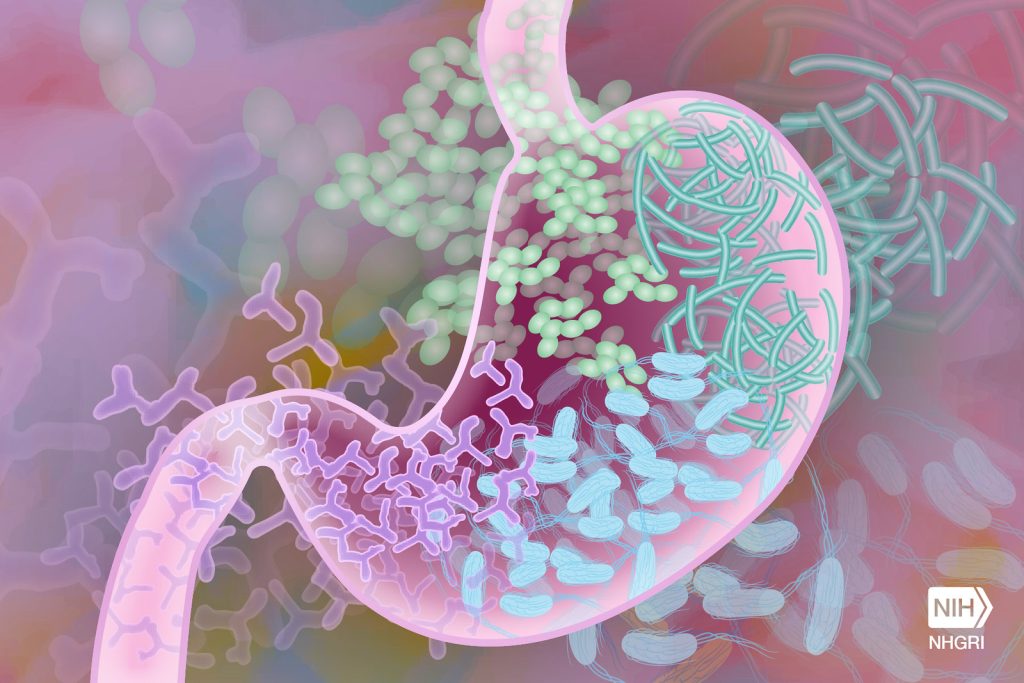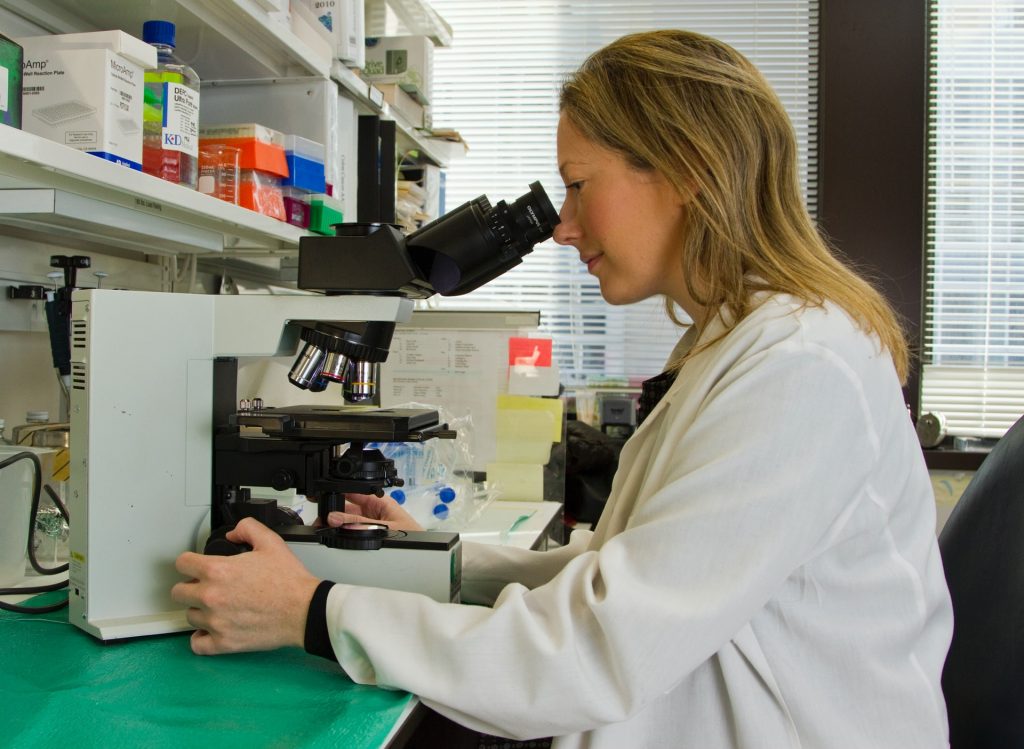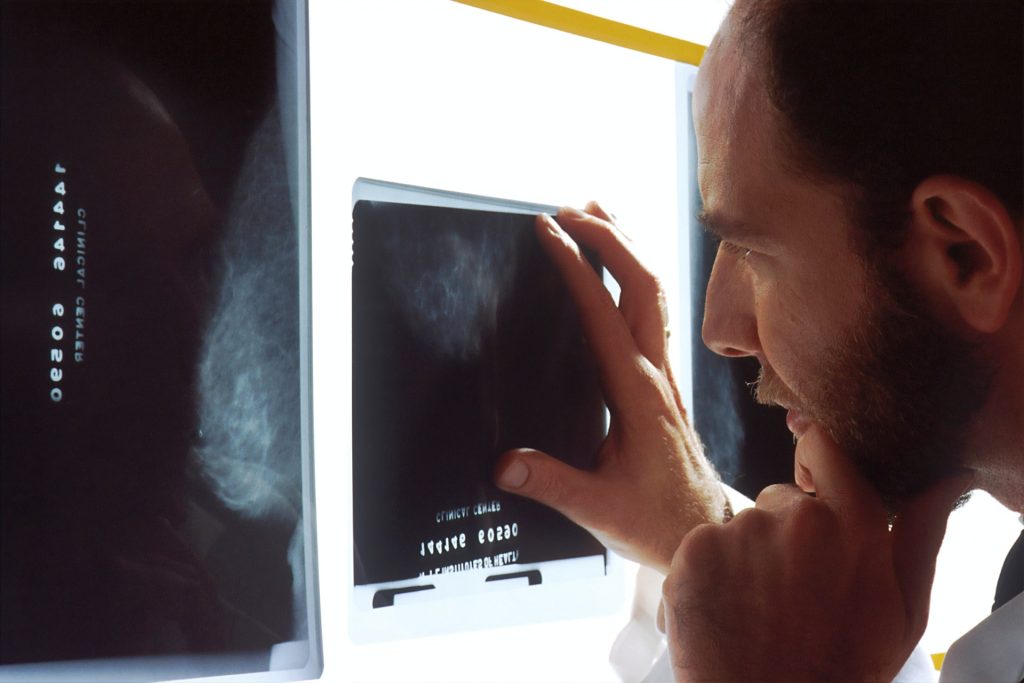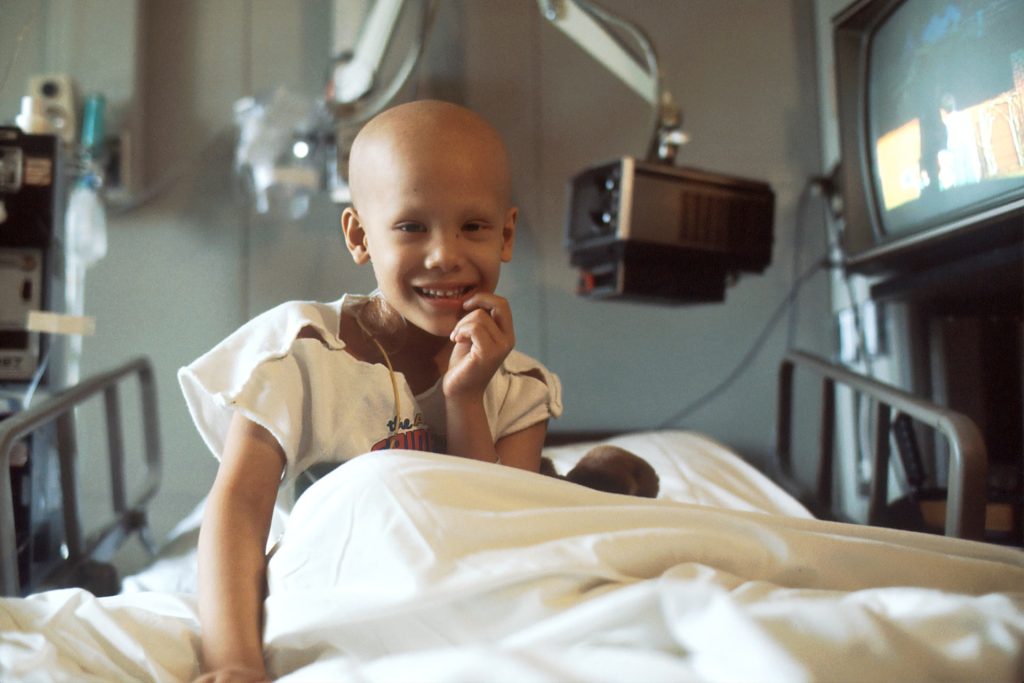‘Potentially Game Changing’ Immunotherapy Trial for Colorectal Cancer

Results from a new trial indicate that immunotherapy could successfully be used to treat the most common form of colorectal cancer, also known as bowel cancer.
The findings of the new study, a phase 1 trial involving the immunotherapy drugs botensilimab and balstilimab, have been published in the journal Nature Medicine, and it is the first time that consistent and durable responses to immunotherapy have been reported in difficult-to-treat patients.
Co-authored by Professor Justin Stebbing of Anglia Ruskin University (ARU), who describes the results as “potentially game changing”, the study focused on the most common type of colorectal tumours, known as MSS mCRC, or microsatellite stable metastatic colorectal cancer.
Although immunotherapy has previously been shown to work on patients with specific mismatch repair deficient (dMMR) tumours, only a small percentage of colorectal cancer patients have this type of tumour, and immunotherapy has so far been ineffective in patients with more common MSS mCRC tumours.
The new study involved using the immunotherapy drug botensilimab in conjunction with balstilimab on a group of patients in the United States. These drugs are both monoclonal antibodies, which work by triggering the body’s immune system to attack the cancer.
Of the patients in the phase 1 trial, 101 took part in a six-month follow-up and of these, 61% of them saw their tumour shrink or remain stable after receiving a combination of botensilimab (BOT) and balstilimab (BAL). The most common side-effects, or treatment-related adverse events, were diarrhoea and fatigue.
Justin Stebbing, Professor of Biomedical Sciences at Anglia Ruskin University (ARU) and communicating author of the study, said:
“These results are incredibly exciting. Colorectal or bowel cancer is one of the most common forms of cancer worldwide and this is the first time there has been convincing evidence that immunotherapy can work in all forms of colorectal tumours, so this is potentially game changing.
“This is now progressing into later phase clinical trials and we hope the FDA in the United States approve its use very soon. And because this is such an important area, affecting so many people, we hope authorities in the UK are also able to move quickly.”
Joint first author Dr Andrea Bullock, Assistant Professor in Medicine at Beth Israel Deaconess Medical Center, said:
“This study sheds light on the potential of the BOT/BAL combination to treat microsatellite stable metastatic colorectal cancer, the most common form of colorectal cancer which has historically not responded to immunotherapy, and we hope our results will offer new hope for those diagnosed.”
Joint last author Dr Anthony El-Khoueiry, Associate Director of Clinical Research and Chief of Section of Developmental Therapeutics at the USC Norris Comprehensive Cancer Center, said:
“This phase 1 study of botensilimab highlights its promising anti-tumour activity that encompasses immunologically cold tumours such as MSS colorectal cancer. The efficacy noted highlights the potential of botensilimab through its broader engagement of anti-tumour immunity.”
The full open access paper, published in , is available here
Source: Anglia Ruskin University










